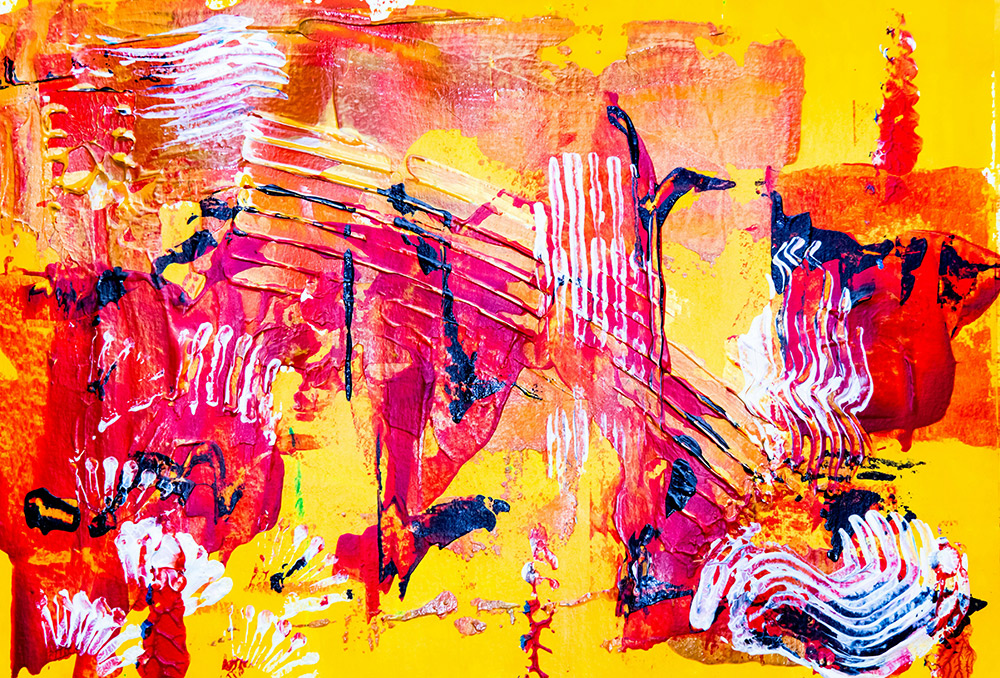Mastering Creative Techniques: Explore Art and Design with Online Courses
What makes Art Deco and Art Nouveau so captivating? How do these distinct styles continue to influence design and culture? Let's explore the rich history behind these movements and more through the lens of online courses.

The Allure of Art Deco and Art Nouveau
Art Deco and Art Nouveau represent two iconic artistic movements. While Art Nouveau arose in the late 19th century with its nature-inspired forms, Art Deco took root in the 1920s, emphasizing bold geometry and luxury. Both styles reflected significant cultural and societal shifts during their respective periods.
Online art history courses offer an in-depth look into these movements, providing learners with the opportunity to study their origins, key figures, and most famous works. Whether examining the decorative creations of Art Nouveau or the architectural achievements of Art Deco, students explore the innovations that shaped these periods.
Exploring Creativity from Colonialism to Contemporary
Creativity provides a unique lens through which to view any nation's cultural evolution. From early colonial works that reflect European influences to the current vibrant contemporary scene, this region's visual storytelling shares the journey of history and diversity. Online programs often explore how cultural expression intersects with colonial and modern styles.
By examining contemporary art, students can connect with broader themes such as identity, colonialism, and cultural exchange. As learners explore different periods, they gain a deeper appreciation for how techniques, styles, and thematic focuses have evolved in various regions.
The Importance of Fine Restoration & Conservation
Preserving historical pieces is an intricate craft in itself. Restoration and conservation are essential to maintaining the integrity of masterpieces from various styles, including Art Deco and Nouveau. These fields require a deep understanding of materials, techniques, and historical context.
Courses focused on fine restoration introduce students to the meticulous processes behind preserving paintings, sculptures, and decorative works. This area of study provides a fascinating look at the intersection of history, science, and craftsmanship, revealing how professionals work to protect valuable cultural assets for future generations.
The Value of Networking Through Online Workshops
In an interconnected world, networking has become an essential part of the learning experience. Many creative courses provide opportunities for learners to interact through workshops and discussions, fostering connections that enrich the learning journey. It includes:
- Participate in live sessions with historians and industry experts
- Collaborate with students worldwide on joint projects
- Access exclusive virtual tours of renowned museums
- Receive personalized feedback on research and analysis
- Build long-lasting professional relationships
These relationships improve the quality of the course experience and provide access to potential future partnerships and career prospects.
Iconic Figures Who Defined Artistic Movements
Movements like Art Deco and Art Nouveau were shaped by visionary artists and architects. Influential figures such as Gustav Klimt, Antoni Gaudí, and Émile Gallé played pivotal roles in the development of Art Nouveau, while creators like Le Corbusier, Tamara de Lempicka, and Eileen Gray left a lasting mark on Art Deco.
Understanding the contributions of these figures provides valuable context for students. By exploring the works and philosophies of these innovators, learners gain insight into how societal shifts and individual visions shaped these movements.
Global Influences Beyond Europe
While often associated with Europe, they also left their mark on cultures around the world. Artists and designers from various regions incorporated elements of these styles, blending them with local traditions to create something new.
Courses that explore global interpretations of these styles allow students to see how creative movements cross borders. By expanding the focus beyond Europe, learners gain a more comprehensive understanding of the international creative scene and how different cultures adapt and transform trends.
The Flexibility of Online Learning
With content accessible from anywhere, learners can engage with history at their own pace. Online courses provide a rich combination of detailed lectures, virtual museum tours, and curated content to offer a holistic learning experience.
Courses that delve into styles such as Art Deco, Art Nouveau, and creativity allow learners to specialize in areas of interest while gaining a broader perspective. The versatility of online learning, coupled with opportunities for workshops and networking, makes these programs an excellent choice for those looking to expand their knowledge.
Exploring various styles offers an enriching journey through design and cultural history. Through online art history courses, learners can engage with these fascinating movements, guided by expert instruction and collaborative experiences. The right course will uncover the beauty, creativity, and lasting impact of these styles. With the appropriate program, this is the ideal moment to delve deeper into the field of artistic history and start a fruitful journey.
Hits: 4334 | Leave a comment
Tags:art deco, online courses, creativity, design, art



















